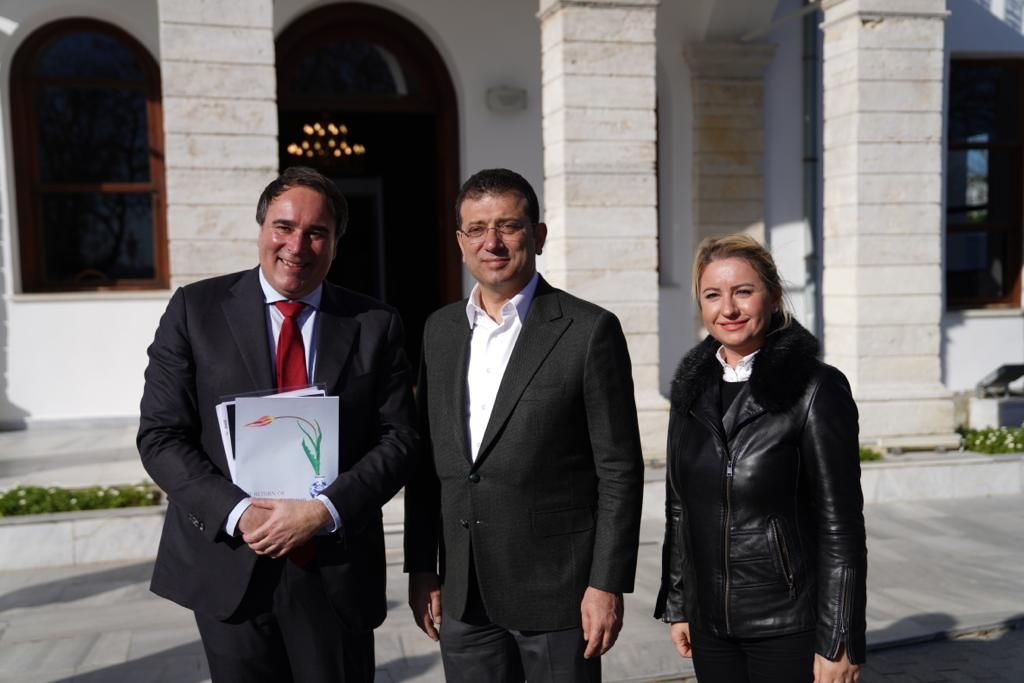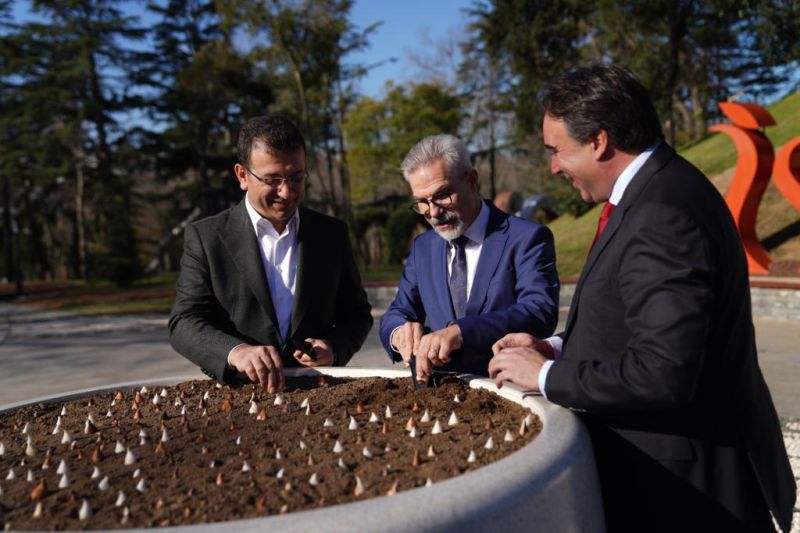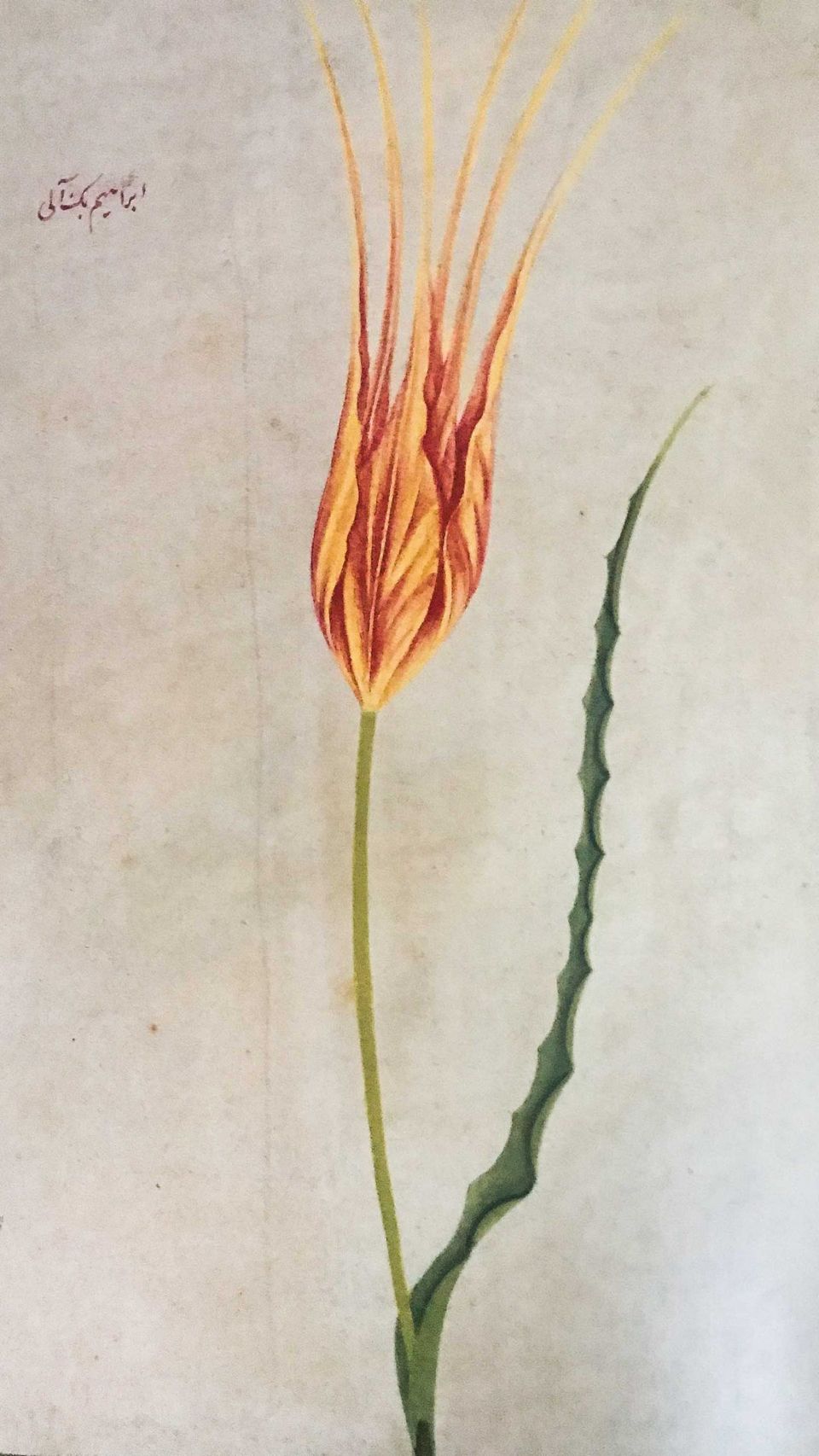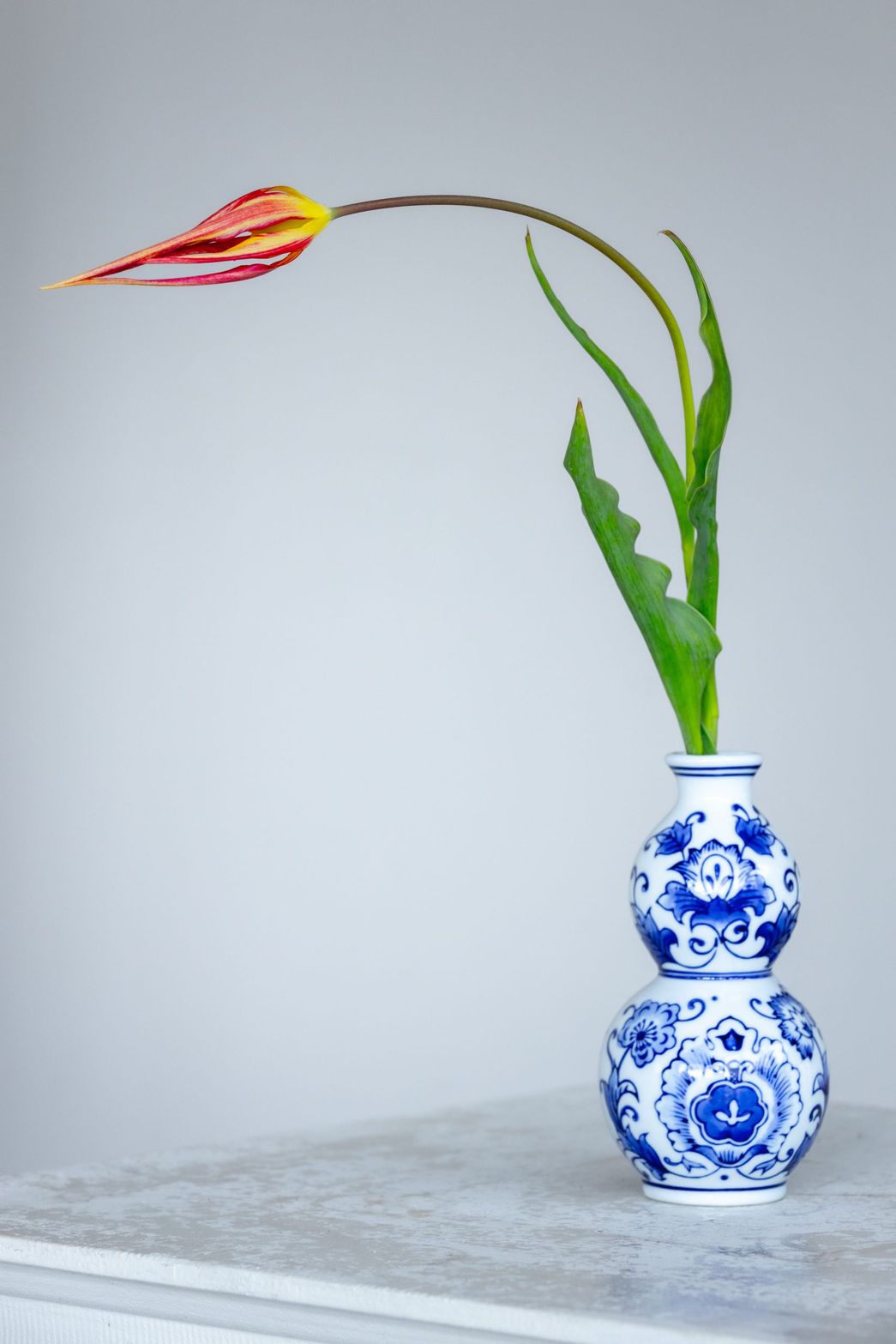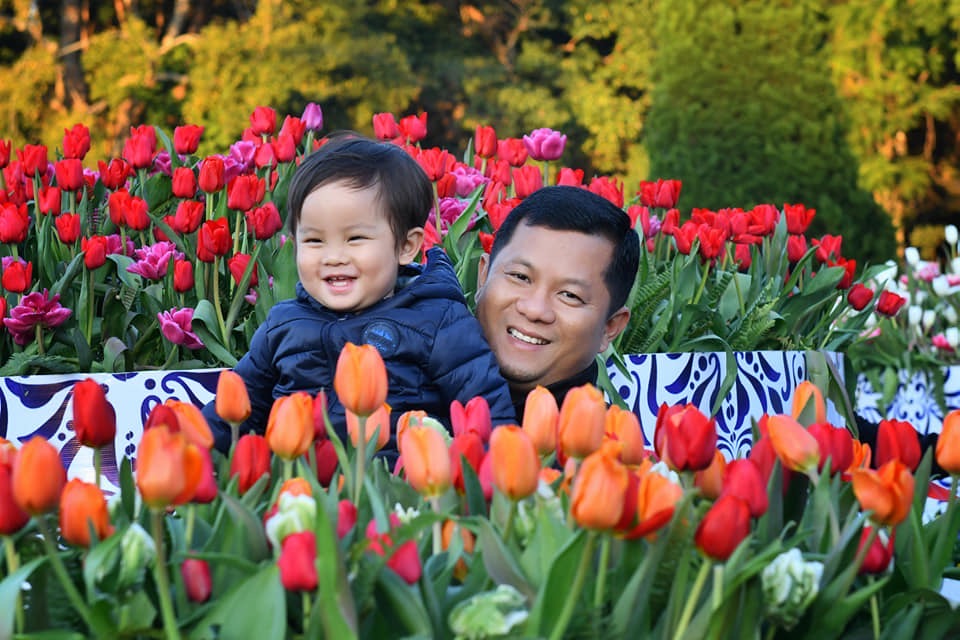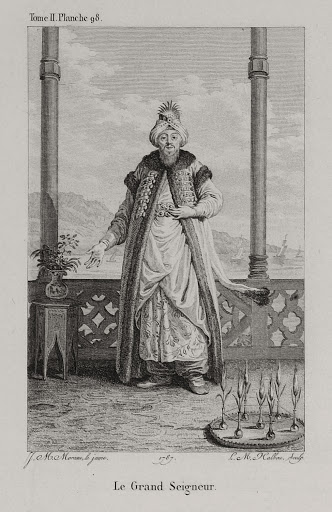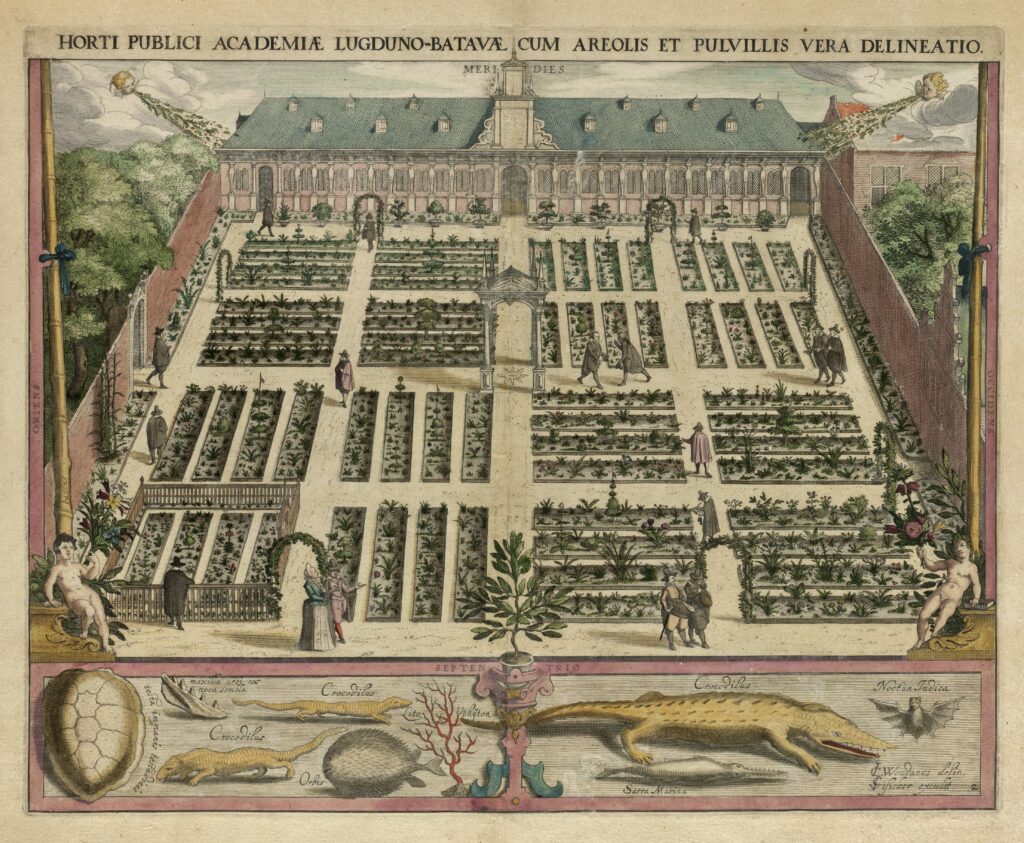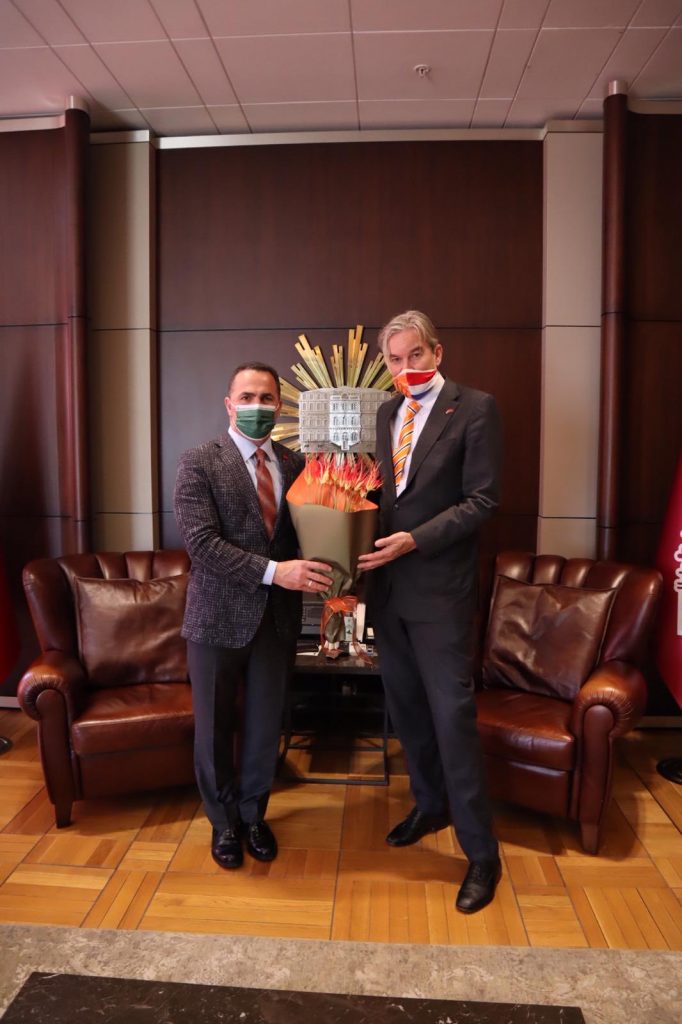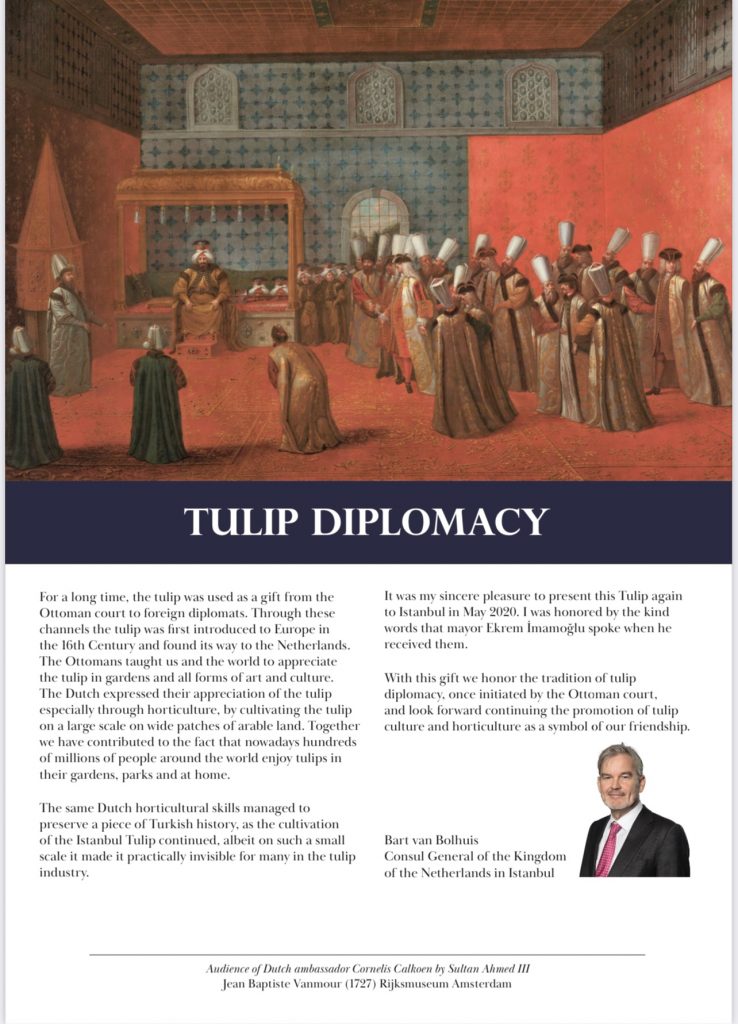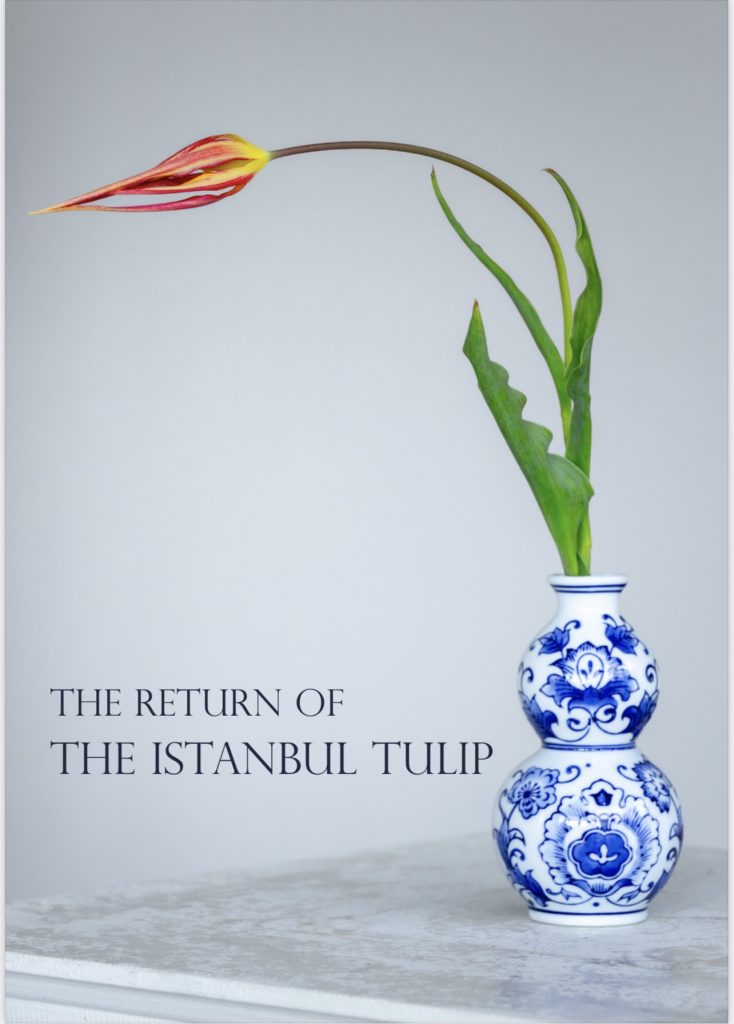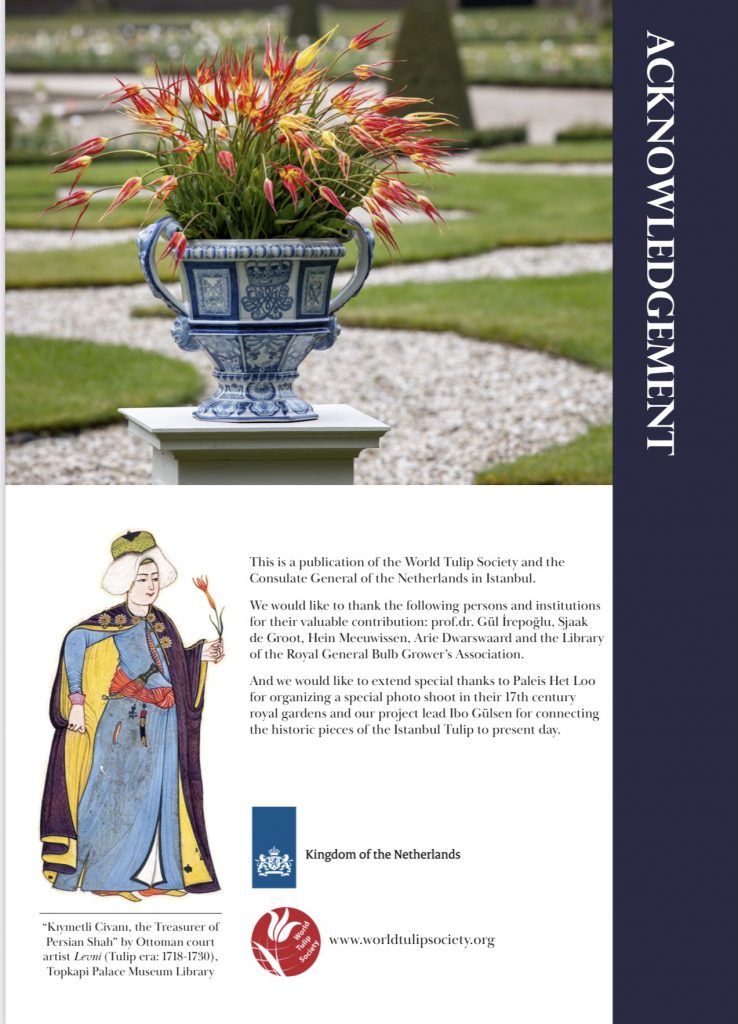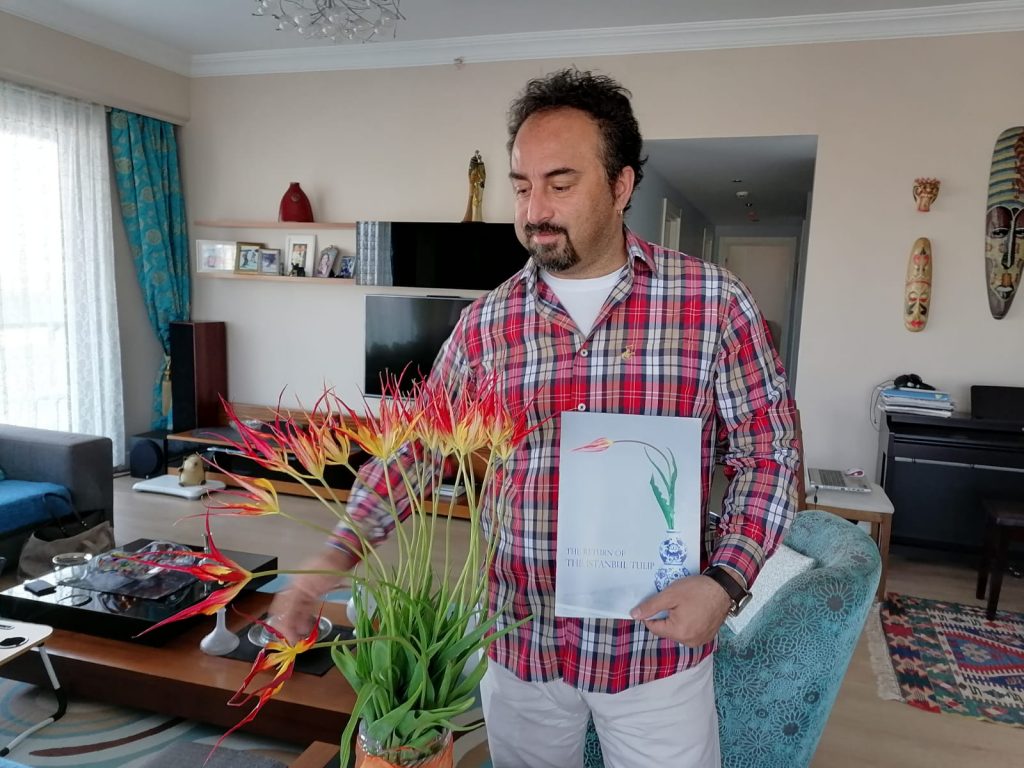It was a privilege and honor to see the original Istanbul Tulip being planted after almost 300 years in its place of birth, together with mayor Ekrem İmamoğlu and Dutch Consul General Arjen Uijterlinde . This specific tulip was cultivated by the Ottoman gardeners untill the 18th century. Based on our historical research in the works of French botanist Redouté and the British Botanical register we found references to the tulipa acuminata, which was imported directly from Istanbul in the early 19th century and bloomed in the royal gardens in France and UK. Since then cultivation continued on a very small scale in the Netherlands until present day. We look forward to the blooms next Spring! Thanks for the contributions of Gül Yavuzer Irepoglu, Arie Dwarswaard and many others. İstanbul Büyükşehir Belediyesi Embassy of the Kingdom of the Netherlands in Ankara and Consulate General in Istanbul
Our research can be found here:
